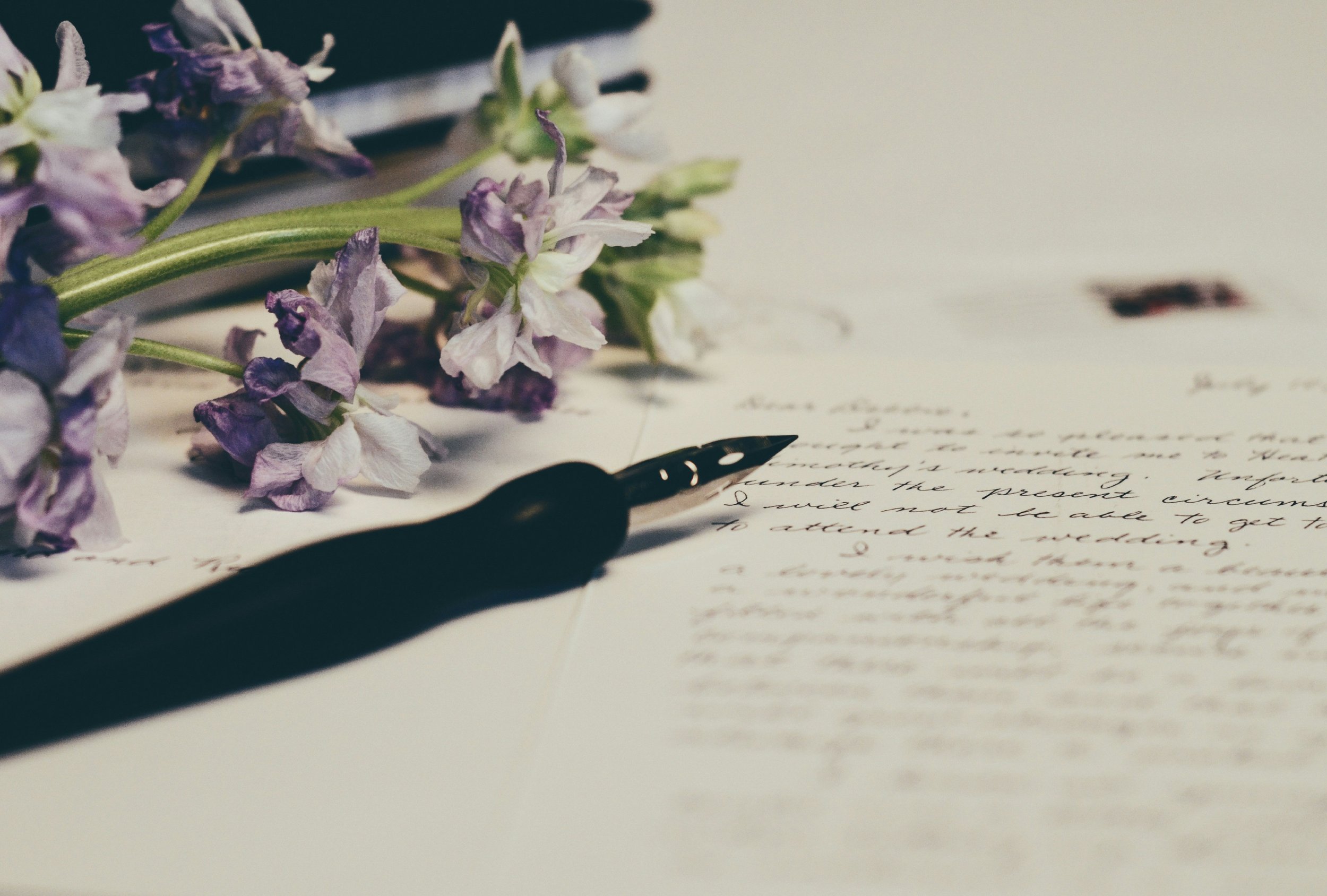Poetry is a deeply personal and evocative literary form. It demands not only powerful language but also an equally compelling visual presentation. Your poetry book cover is the first interaction a reader will have with your work, and it sets the tone for the emotional and thematic journey inside. A stunning cover can entice a reader to pick up your book—even before they read a single word. As a refined example of how narrative can inspire cover design, consider Margaret Atwood’s novella. If you’d like to explore its layered themes and tone, you can view the Penelopiad summary—it captures the emotional and symbolic depth that could inform your visual choices.
Designing a poetry book cover isn’t just about aesthetics; it’s about encapsulating your poetic voice in a single image or design. Below are five essential rules for creating a striking poetry book cover—complete with real-world examples that show how it’s done right.
Rule 1: Reflect the Emotional Tone of the Poems
A poetry book cover must mirror the emotional terrain of the work it represents. Whether your poems explore grief, love, nature, rebellion, or existential questions, your cover should be a visual translation of that emotional tone.
Example: “Milk and Honey” by Rupi Kaur
This bestselling poetry collection uses a minimalist black-and-white design with a simple bee illustration. The cover evokes vulnerability and raw emotion—two hallmarks of Kaur’s poetry. Its simplicity allows the reader to focus on the emotional depth within the book.
Design Tip: Use a muted color palette for melancholy themes, warm tones for romantic themes, or stark contrasts for bold, political verse. Avoid overly bright or cheerful designs if your poetry delves into darker or more introspective areas.
Rule 2: Simplicity Is Powerful
Poetry is often about distilling complex emotions into few words—and the cover should follow suit. Avoid cluttering the cover with too many elements. A clean, clear, and focused design can speak louder than intricate, overworked graphics.
Example: “The Sun and Her Flowers” by Rupi Kaur
Once again, Kaur’s work demonstrates the power of minimalism. The white background, clean typography, and a simple illustration of a wilted flower capture themes of growth, healing, and femininity.
Design Tip: Stick to one or two key elements—such as a single illustration or photograph—and a readable, elegant font. This restraint invites curiosity and respect for the written content inside.
Rule 3: Choose Fonts with Poetic Personality
Typography does more than just convey the title and author’s name—it carries emotional weight and sets the tone. The wrong font can destroy the mood you’re trying to create, while the right one will elevate your message.
Example: “The Princess Saves Herself in This One” by Amanda Lovelace
The title alone is powerful, but the choice of a typewriter-style font gives the book a raw, diary-like feel. This complements the personal and confessional tone of Lovelace’s poems.
Design Tip: Script fonts can evoke elegance and romance, while serif fonts feel traditional and scholarly. Typewriter or handwritten fonts feel intimate and personal—great for confessional or narrative poetry. Always prioritize legibility, especially at thumbnail size for online retailers.
Rule 4: Use Symbolism to Create Intrigue
A well-designed poetry book cover often employs symbolism to hint at deeper meanings or recurring motifs in the text. Symbolism can make your cover not only beautiful but meaningful.
Example: “A Thousand Mornings” by Mary Oliver
This book features a simple image of a bird in flight against a soft, morning-lit background. Birds frequently appear in Oliver’s poetry as symbols of freedom, nature, and spiritual awakening. The cover subtly prepares the reader for these themes.
Design Tip: Think about recurring images or metaphors in your poems—a flower, a bird, a flame, the moon—and incorporate one or two into the cover. This can act as a visual summary of the poetic journey within.
Rule 5: Align with Genre and Market Expectations
While poetry is inherently creative and boundary-pushing, you should still be aware of design trends and reader expectations in the poetry genre. Look at bestselling poetry books and identify patterns in layout, color, imagery, and typography.
Example: “Pillow Thoughts” by Courtney Peppernell
The book features a soft blue cover with a dreamy illustration of a jellyfish. The ethereal, soothing vibe matches the reflective and emotional content of the poems. It’s also consistent with trends in modern, Instagram-influenced poetry: clean design, subtle visuals, and emotional resonance.
Design Tip: Browse the top 100 poetry books on Amazon or Goodreads. Take note of popular design elements and think about how you can adopt or subvert them in a way that still feels true to your voice.
Additional Tips for Designing a Poetry Book Cover
1. Work with a Professional Designer
If budget allows, collaborating with a cover designer who has experience with poetry or literary genres can make a significant difference. They can help translate your ideas into a visual language that connects with your audience.
2. Test Different Concepts
Before finalizing your design, get feedback from beta readers, fellow poets, or design-savvy friends. What may seem clear to you might not translate as intended to others.
3. Consider Digital and Print Needs
Make sure your cover looks good both as a physical book and as a digital thumbnail. This is especially important for self-published poets relying on eBook sales through platforms like Amazon or Kindle.
4. Think Beyond the Front Cover
The spine and back cover also matter—particularly for bookstore placement. Make sure all design elements (title, author name, blurb, barcode) are professionally aligned.
Tools for DIY Poetry Cover Design
If you’re self-publishing and want to create your own cover, several user-friendly tools can help:
- Canva – Offers pre-made templates for books and is great for beginners.
- Adobe InDesign – A professional tool for those with design experience.
- BookBrush – A specialized platform for authors.
- Blurb or Lulu Cover Designer – Ideal for print-on-demand services.
Remember to ensure your image resolution is at least 300 DPI for printing purposes.
Conclusion
Your poetry book cover is more than a wrapper—it’s an invitation. It’s the bridge between your inner world and your reader’s imagination. By following these five key rules—emotional resonance, simplicity, font selection, symbolism, and genre awareness—you can create a poetry book cover that not only stands out on the shelf but also echoes the soul of your writing.
Design with intention, and let your visual story enhance the lyrical journey inside.



